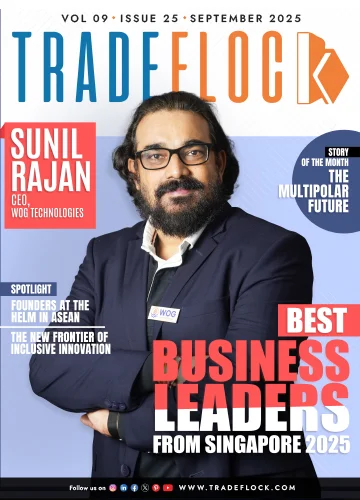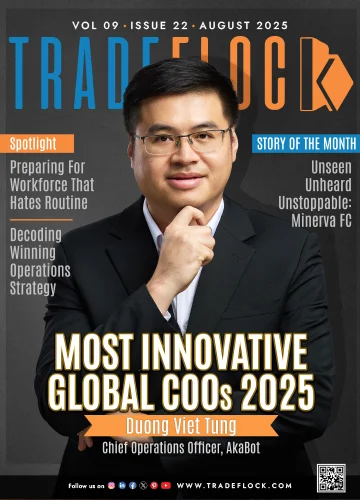
Pali Tripathi
CEO,Taabi Mobility LtdPali Tripathi is a business leader with 18 years of experience in strategy, intrapreneurship, new business incubation, and scaling profitable go-to-market models for large India-based enterprises. She thrives in uncertainty, excels at building opportunities from the ground up, and is passionate about driving growth that delivers both commercial success and positive social impact.
Logistics acts as the unseen backbone of every industry yet inefficiencies, fuel consumption, unexpected downtime, and theft continue to undermine profitability. With rising demands for speed, transparency, and sustainability, traditional methods are no longer adequate. What logistics truly requires is a profound transformation and AI-driven innovation is quietly paving the way.
Throughout logistics networks, AI reveals concealed operational gaps. For instance, fuel, usually the biggest fleet cost, is optimised using real-time data on tank levels, usage, routes, and refueling patterns. AI identifies the optimal refueling moments and detects theft or inefficiencies, reducing fuel expenses by 15–30 percent. These are not projections, they are verified, quantifiable savings in practice.
Maintenance remains a key challenge in logistics, typically addressed reactively or through fixed schedules despite uneven wear. AI changes this by monitoring sensor data to detect problems early such as tire pressure or engine condition allowing prompt repairs, minimizing downtime, lowering expenses, and ensuring more vehicles stay operational for increased efficiency.
Technology alone isn’t sufficient; effective AI adoption requires smooth integration across teams. AI platforms should provide customized insights managers need overview dashboards, while drivers rely on straightforward, local-language mobile alerts. This user-centric strategy ensures adoption, fosters trust, and engages users as active contributors to the change.
At a strategic level, AI transforms businesses from disjointed decision-making to cohesive operational insight. Advanced control tower systems track loading delays, route deviations, asset utilization, and warehouse congestion in real time, allowing quicker adjustments, aligning teams with performance goals, and proactively eliminating bottlenecks to safeguard profits.
The results are striking. Mid-sized logistics firms achieve ROI within weeks through lower fuel costs, better asset use, and fewer breakdowns. Larger players see rapid, double-digit gains across key metrics, an edge that’s vital in a low-margin industry.
The most significant benefit of this shift is lasting sustainability. AI cuts excess mileage and idle time, extends vehicle lifespan, and lowers emissions, enhancing both environmental responsibility and business resilience, an urgent need in a scrutinized industry.
For decades, inefficiency was accepted as a fact of logistics. But AI is changing that narrative. Operational intelligence is now a necessity, not an option. Smarter logistics isn’t tomorrow’s promise; it’s today’s reality, and those who embrace it will lead the future of transportation, trade, and influence.














